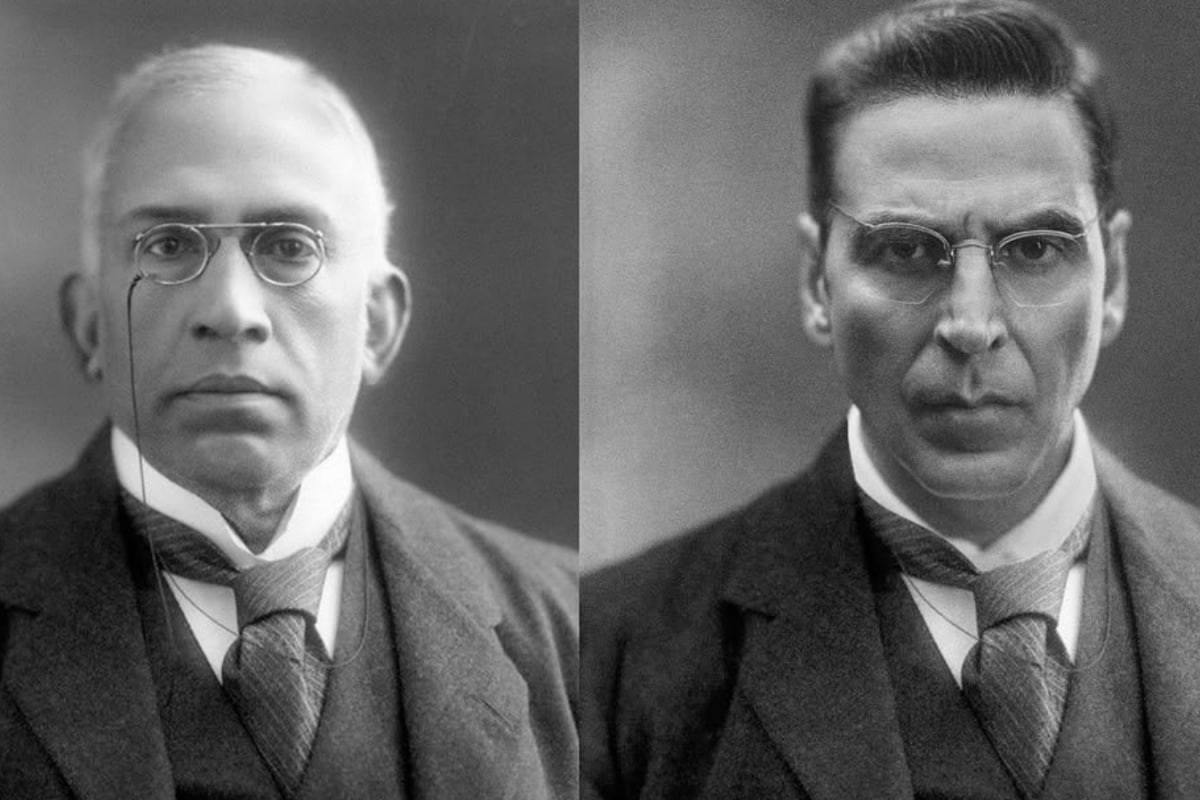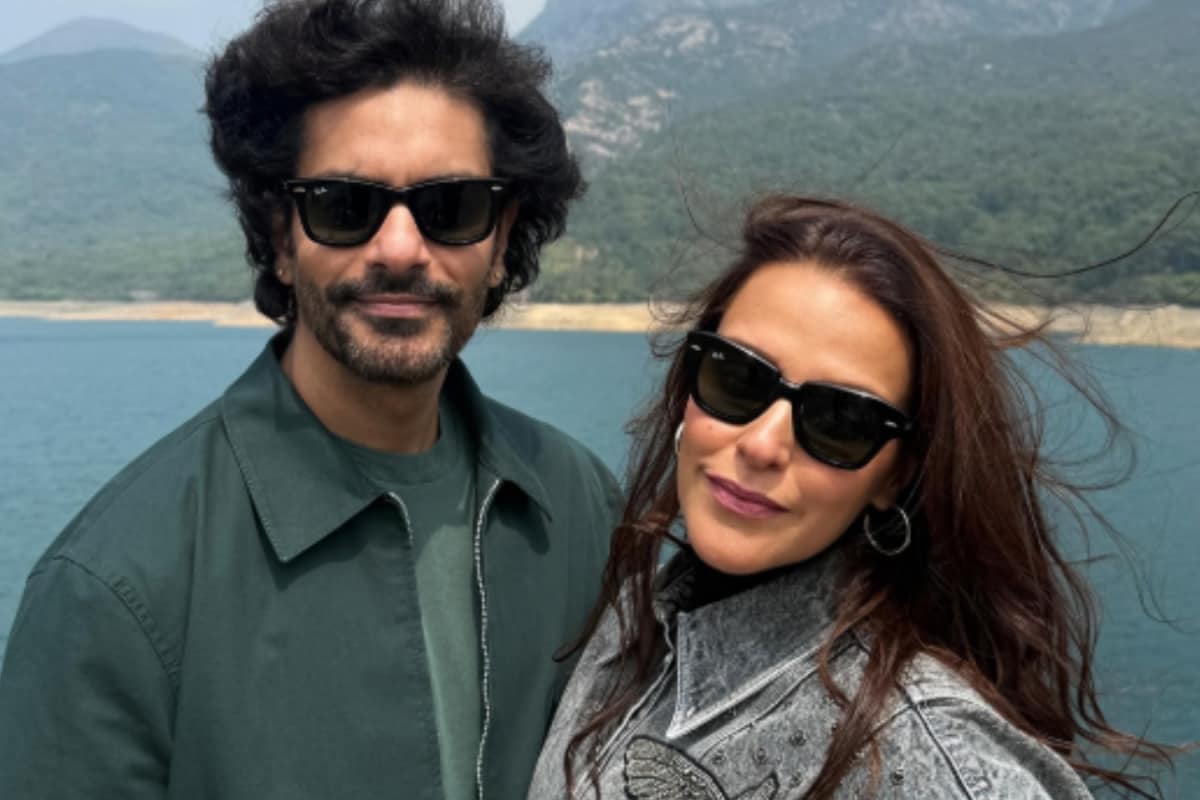Such declines in the reported visitor numbers caused an interesting reaction from industry stakeholders, who basically said that such declines were not in accordance with the industry’s own data for hotels and visitor attractions, which were much more positive. Moreover, Tourism Ireland chief executive Alice Mansergh has said that the increased air access to Ireland for 2025 as a result of the court-mandated suspension of the Dublin Airport passenger cap gives confidence that 2025 will be a good year, while recognising that geopolitical turbulence could yet derail the macroeconomy, and with it tourism. Industry stakeholders and the CSO are due to meet in the coming days in an apparent attempt to better understand what is going on.
In some respects the controversy that erupted in the past week or so is interesting if not surprising as the decline in arrivals to Ireland reported by the CSO has been in play in every month since September 2024, when a small decline of 0.7 per cent was registered. But this decline has risen since – to 5, 9 and 12 per cent respectively for October, November and December.

More importantly, and something that has received virtually no comment from any of the stakeholders, is the decline of the tourism arrivals to Ireland reported to the United Nations World Tourism Organisation (UNWTO). Its most recent tourism barometer for January 2025 shows that the registered number of international tourists arriving in Ireland has fallen from 10.961 million in 2019 to 6.
3 million in 2023, and Ireland’s ranking has declined from 38th in the world to 48. Those UNWTO figures are derived from the CSO figures. An important question must be how such a seismic decline in the reported arrivals to Ireland from 2019 to 2023 (the 2024 data has not yet been published) has not caused a substantial reaction, at least until now.
An important factor in any explanation has been an introduction of a new Inbound Tourism Series by the CSO during Covid, which has replaced the Overseas and Tourism and Travel Series it used to produce. [ Irish hotel industry fastest in EU to bounce back from pandemic, data shows Opens in new window ] The new data series produced since 2023 uses a different methodology when sampling tourists and, vitally, the new data series is not comparable to what came before. As such, anyone who is trying to understand how Irish tourism has been impacted and recovered from Covid can find little insight from the tourism data provided by the CSO.
This needs to be addressed. Perhaps when the industry meets the CSO, some progress might be made on how this new data series can be reconciled with what came before. Of course, if the old methodology had been kept in play while the new methods were introduced, this problem of reconciliation could have been tackled but it seems as though the CSO did not have the resources.
It is worth noting that the separate data we do have on employment in accommodation and food services for the fourth quarter of 2019 registered employment of 180,000 whereas the figure for the last three months of 2023 was 183,000 despite the reported decline of international arrivals from 10.9 to 6.3 million.
So take from this what you will. [ ‘That could be catastrophic’: North American market a concern for Irish tourism Opens in new window ] The current focus on the adequacy of the data on international arrivals to Ireland and tourism data in general is not new. The issue has preoccupied international researchers and industry stakeholders for many years.
The tourism industry is different from manufacturing or agriculture, which have a defined output, as tourists consume numerous products and services during a trip and in various locations. Trying to understand the economic, social and environmental impact of such expenditure and activity is difficult but, in more recent times, there have been some very positive developments. The development of an internationally agreed methodology to measure tourism and its impacts by the UNWTO in the early 2000s – the Tourism Satellite Account – was important as was the agreement on what data was required.
In more recent years, the mechanisms to collect data and to improve our understanding of the behaviour of tourists has been enhanced by various forms of new technology and the deployment of artificial intelligence. The use of technology has become ubiquitous in tourism, both by producers and consumers. And such use of various technologies can provide very exciting opportunities to increase our knowledge of real time activity.
In essence, the fact that Irish tourism industry stakeholders are suggesting their data does not accord with the macro data of the CSO should be seen as an opportunity and not a problem. If all those who have data on tourism across all parts of the industry and all geographic areas can be encouraged to pool that data to a centralised platform, then we may get a far greater understanding of what is happening in a location in real time. Developing real-time tourism dashboards that incorporate data from myriad sources is the way forward.
If Ireland wishes to collect and disseminate excellent tourism data for decision-making for the sector, we could learn from the best by following the lead of the Canadian Tourism Data Collective. Launched in May 2024, the initiative is an innovative data and analytics platform that harnesses the power of data from the public and private sector. Rather than being protective of data, the members pool data and analytics to enhance decision-making for the sector.
Such an initiative would require investment but would deliver rich dividends for our policymakers and the industry. Jim Deegan is professor of tourism policy, director of the National Centre For Tourism Policy Studies and a member of the Economics Department at University of Limerick. With his colleague Dr Ernesto Batista Sanchez, he has developed a tourism dashboard for the Cliffs Of Moher Experience.
Top

Is Ireland really suffering a tourism collapse?

Incompatible data series make it difficult to get a true picture but AI and greater co-operation will deliver greater insight











